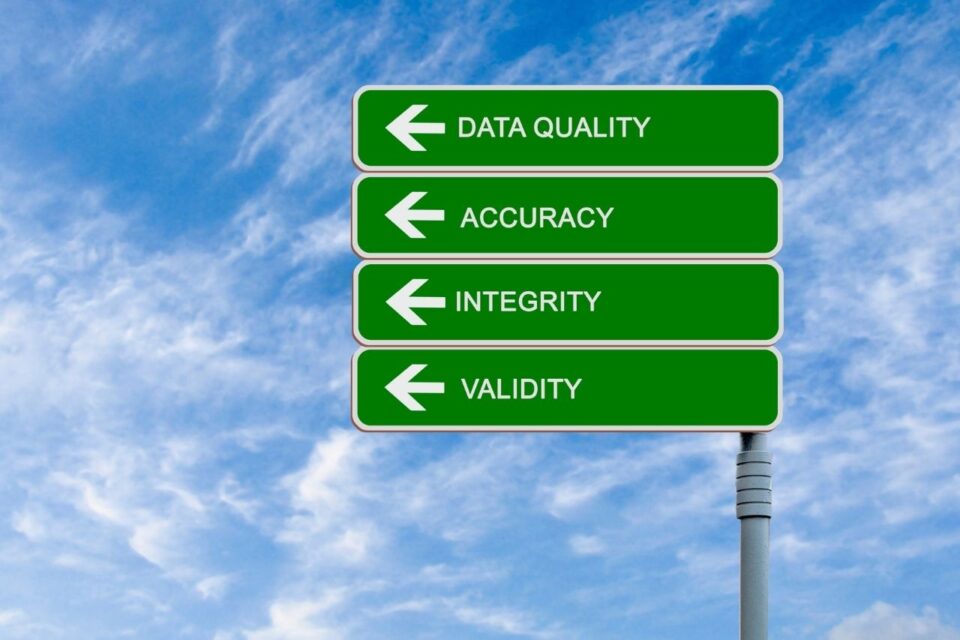
The Future of Healthcare Revenue Cycle Automation
November 18, 2019
Encouraging the Frontline to Improve Hospital Revenue Cycle
December 13, 2019The ASC revenue cycle has many complex parts.
Each part has its own important part and plays an essential role.
However, they are all interdependent.
So ensuring the financial wellbeing of even one part is enough to ensure stability.
With that being said every step needs to function properly.
Every step must be dealt with the utmost importance and they should all thrive individually.
To achieve this in the best possible way, it is in the best interest of an organization to outsource Revenue Management Cycle.
Outsourced Management will be more effective and reliable, and it can also be a step forward in improving the revenue cycle.
Going forward, we have listed below all the crucial parts that make up an ASC Revenue Cycle.
The ASC Revenue Cycle comprises of 9 main steps:
- Dictation: The notes of the main operative procedure should be dictated properly by the surgeon. Failure in recording the proper dictation can cause a delay in all the steps that are to follow. Also, an improper or incomplete dictation can lead to mistakes in the future.
- Transcription: After description comes to the transcription. The tape is then sent to an ASC revenue transcription offer. The transaction is then reviewed by the surgeon to fix all the errors or bugs.
- Coding: After the surgeons’ approval, the transcript is then coded according to the CTP standards and modifiers. Incorrect coding can lead to a chain reaction. The document will be rejected by the payer and then ASC Revenue Cycle will have to review and change it. This will require time and resources.
- Charge entry: The charge entry is detail-oriented. It covers the process of listing and assigning sensitive data as per the guidelines of the client. All this is done in accordance with codes. If there is an error in this step, all the following steps will be impossible to be accomplished.
- Claim submissions: When the first four steps are accomplished correctly. It is time to submit a claim. The claim is submitted to the payer for consideration. The offer who submits the claim must be well versed in healthcare standards to avoid an error. ASC uses high-end technology that verifies eligibility of the patient for this step.
- Collections and follow-ups: When the submitted claim has been approved. The ASC officer follows up with the payment details. If the claim is not responded in the correct amount of time, the officer must follow up with the claim status. If any of the above 5 steps have an error then the follow-ups can be difficult and time-consuming.
- Payment posting: The person paying for the claim should check the billing. The individual should also check for denials and follow up with appropriate appeals.
- Patient billing: The patient should have a copay. He should also list down all the payment plans and/or the insurance plans that he plans on using. The patient can also apply for loans for the process with a proper application.
- Secondary and Tertiary Billing: This step ensures all the multiple payments and insurance plans are in order for the patient.
Learn how our AllPayor® Software is saving other organizations $$MILLIONS!
If you are interested in a free demo of our AllPayor® Software, please go HERE or you can register for a FREE webinar HERE





